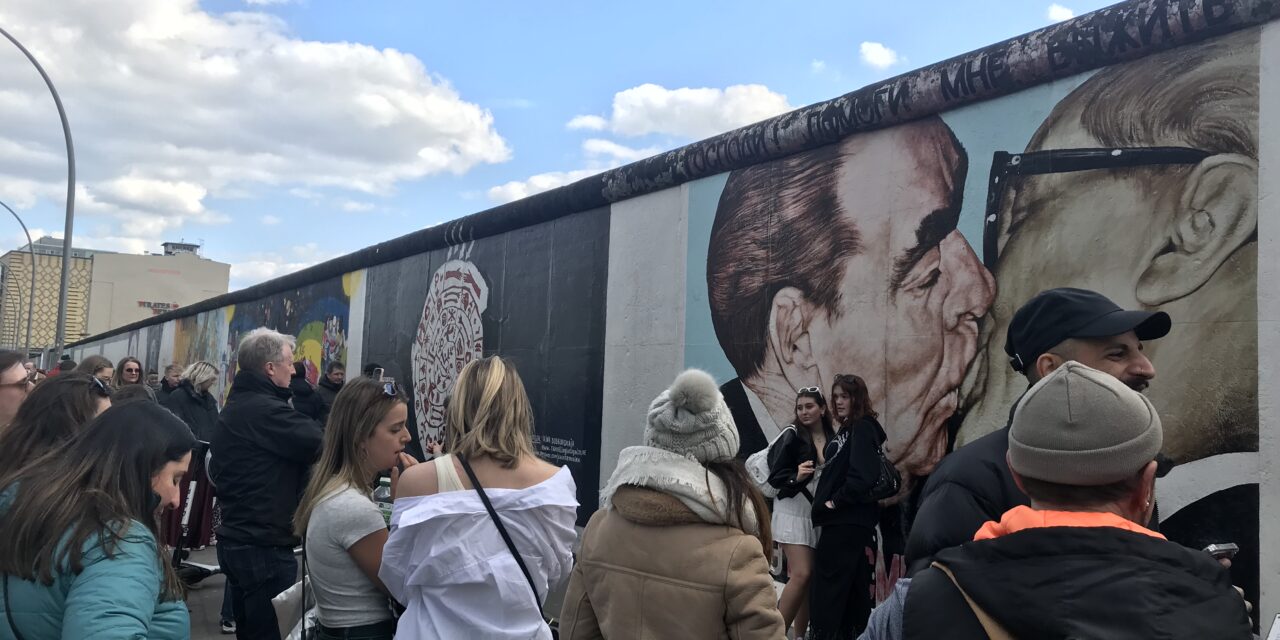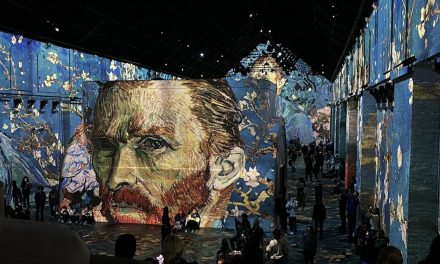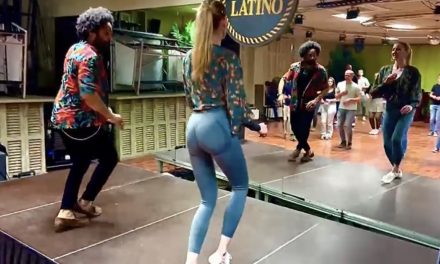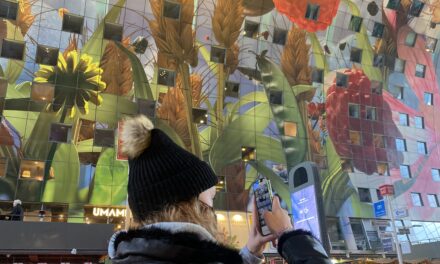Still sweating from my bike ride, I start walking along the seemingly unending East Side Gallery. While the towering wall blocks almost every ray of sunshine, I am met with a new Berlin smell every few steps. I can not help but feel like I am not really allowed to enjoy this moment, but I seem to be the only one. Most people don’t even as much as glance at the artworks or the wall for that matter. They are looking for one piece and one piece only; The Kiss. Not to see it and discuss its political relevance, but to check their outfit, find the right angle and pose. Afterwards, the pictures are quickly checked, and when everyone in the photo approves, they simply walk away. It feels like I am fighting for a spot to look at the Mona Lisa. Instead, I am standing, staring at people taking selfies with a piece of concrete. An attempt to turn a traumatic place into a place of art has in actuality turned it into a selfie hotspot. That can not have been the initial goal, right?
The East Side Gallery is one of the most popular tourist attractions in Berlin. It has over 16.000 reviews on TripAdvisor, but it’s also featured in almost every tour flyer. This piece of Berlin was created right after the fall of the wall. All kinds of artists gathered and painted pieces of art on the former divide. It was supposed to be a place of protest and creative freedom for whomever. After the original art pieces were ‘ruined’ by other graffiti and vandalism, the State of Berlin decided to renovate it, making it into what it is now. A selfie hotspot.
The East Side Gallery is not the only street art hotspot in Berlin however, not even in the slightest. The city is filled with street art and graffiti in all its forms. None of them legal of course, but most of them are condoned or just too big and expensive to remove. However, when exploring the street art of Berlin it is important to understand the difference between street art and graffiti. The difference is best described in the report ‘Street Arts in Berlin’ by Kai Jacobs from 2008. He tells us that the real difference is the way that the public sees them. Graffiti is often regarded as vandalism, whereas street art is seen as a higher level since it is often integrated into its surroundings.
Stencil street artist JPS thinks a little different about this though. He started as a graffiti tag artist, putting his tag all over his hometown. “Honestly I am so particular about placement. When I put an art piece somewhere, there can’t be any tags around. A clean wall is just like a clean canvas, that way my art stands out and is more realistic.” He explains that it is more than just that, “I can be painting illegally for hours, but a tag is done in seconds. But street art is all about embracing your surroundings, a crack in the wall becomes part of my piece.”
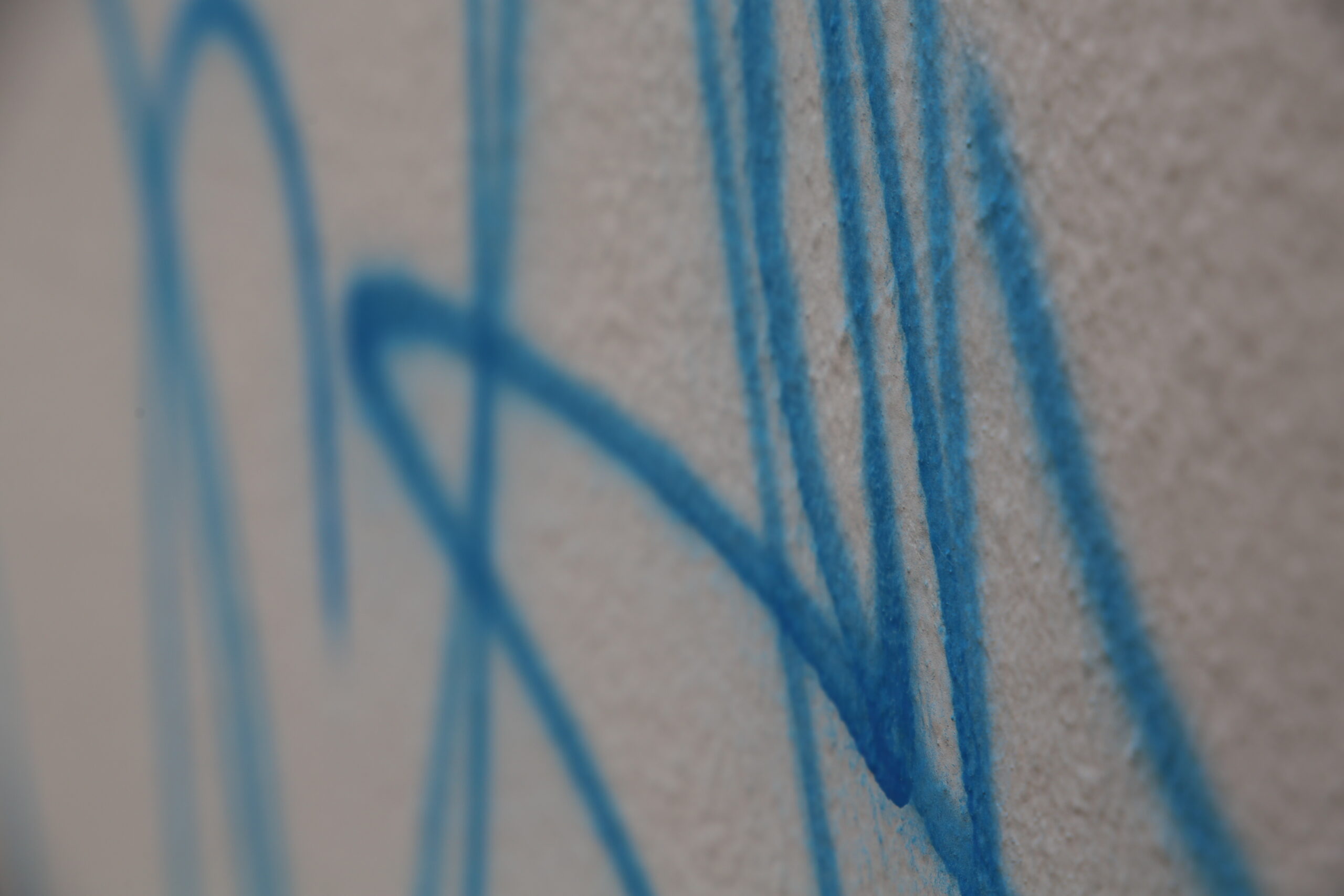
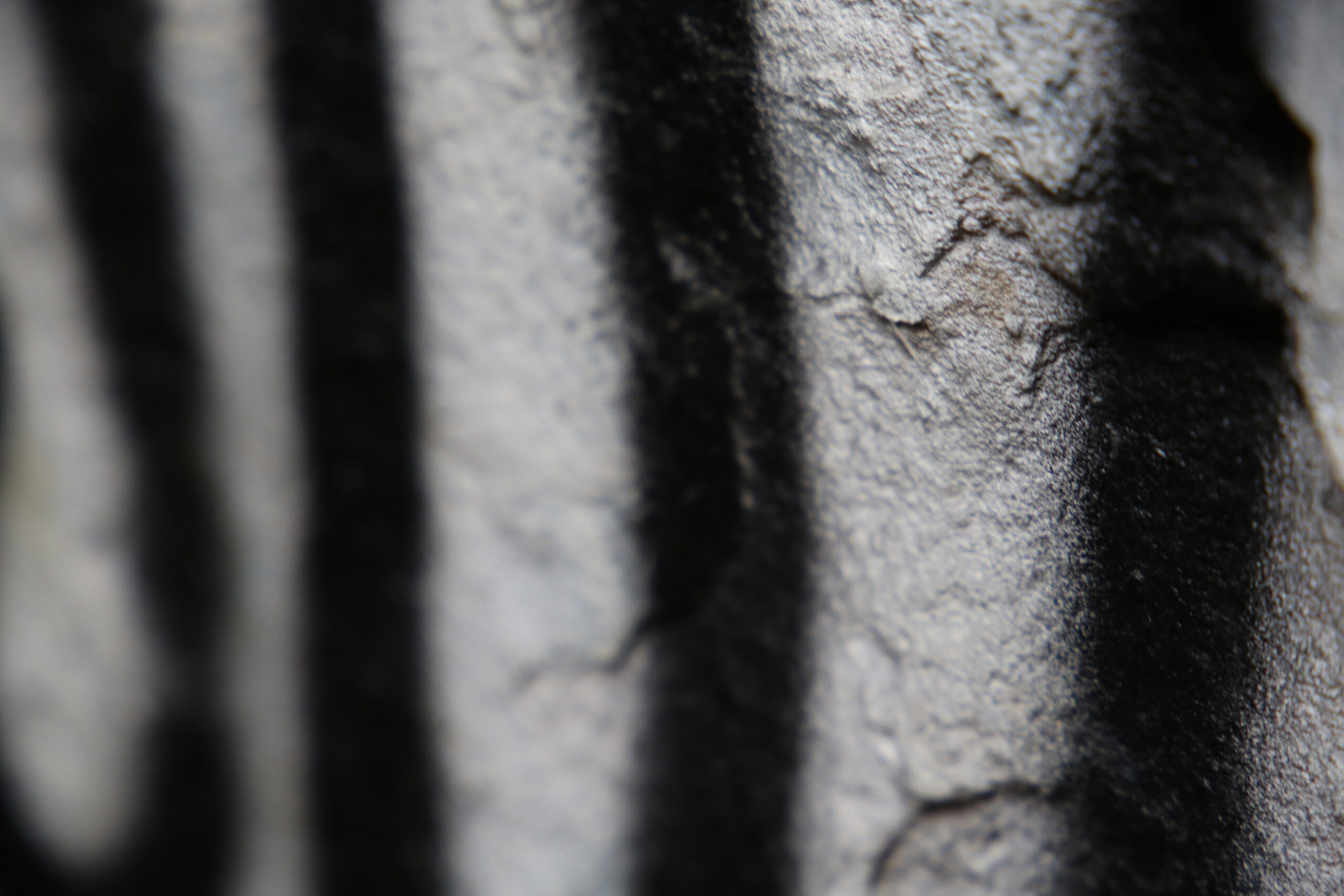
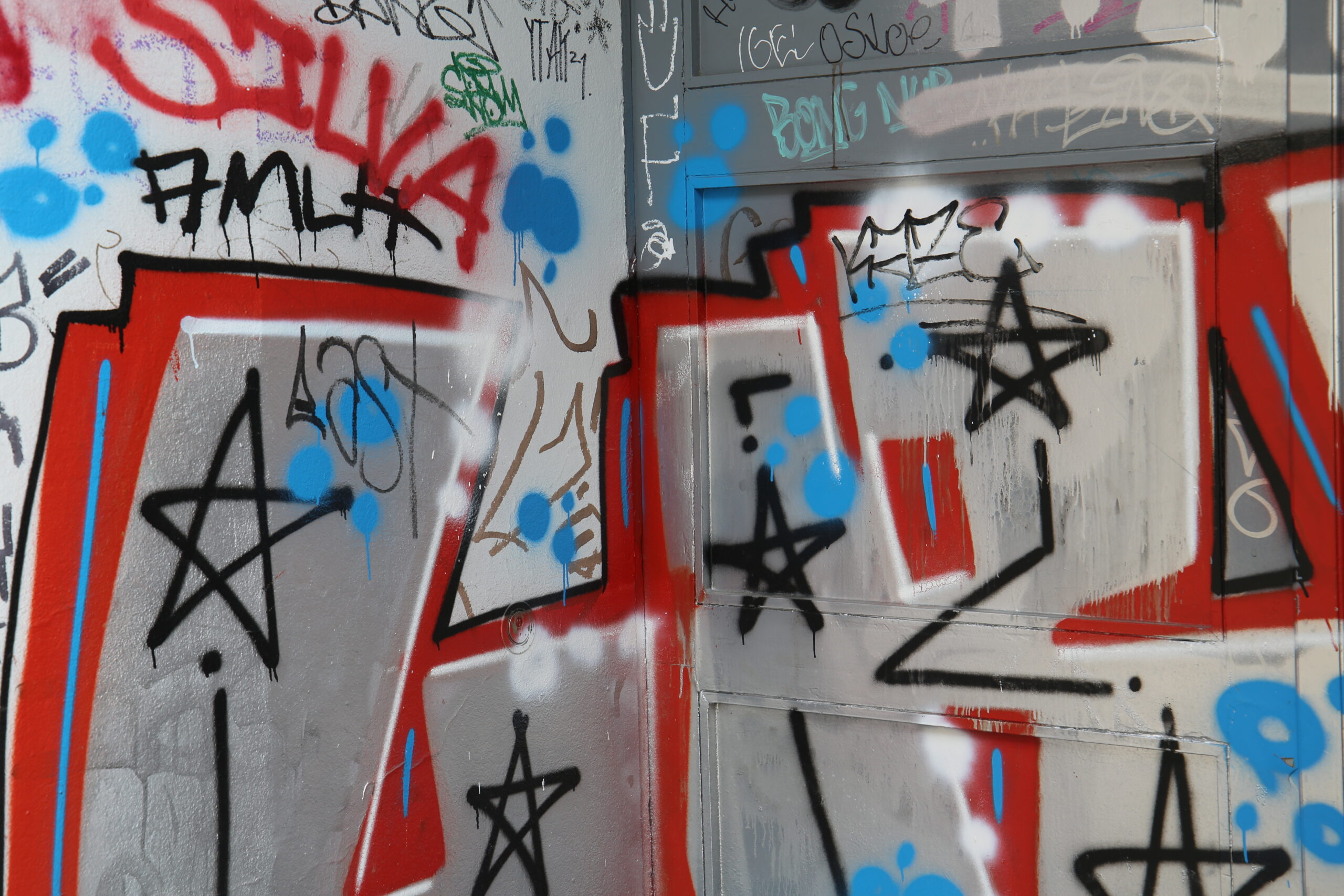
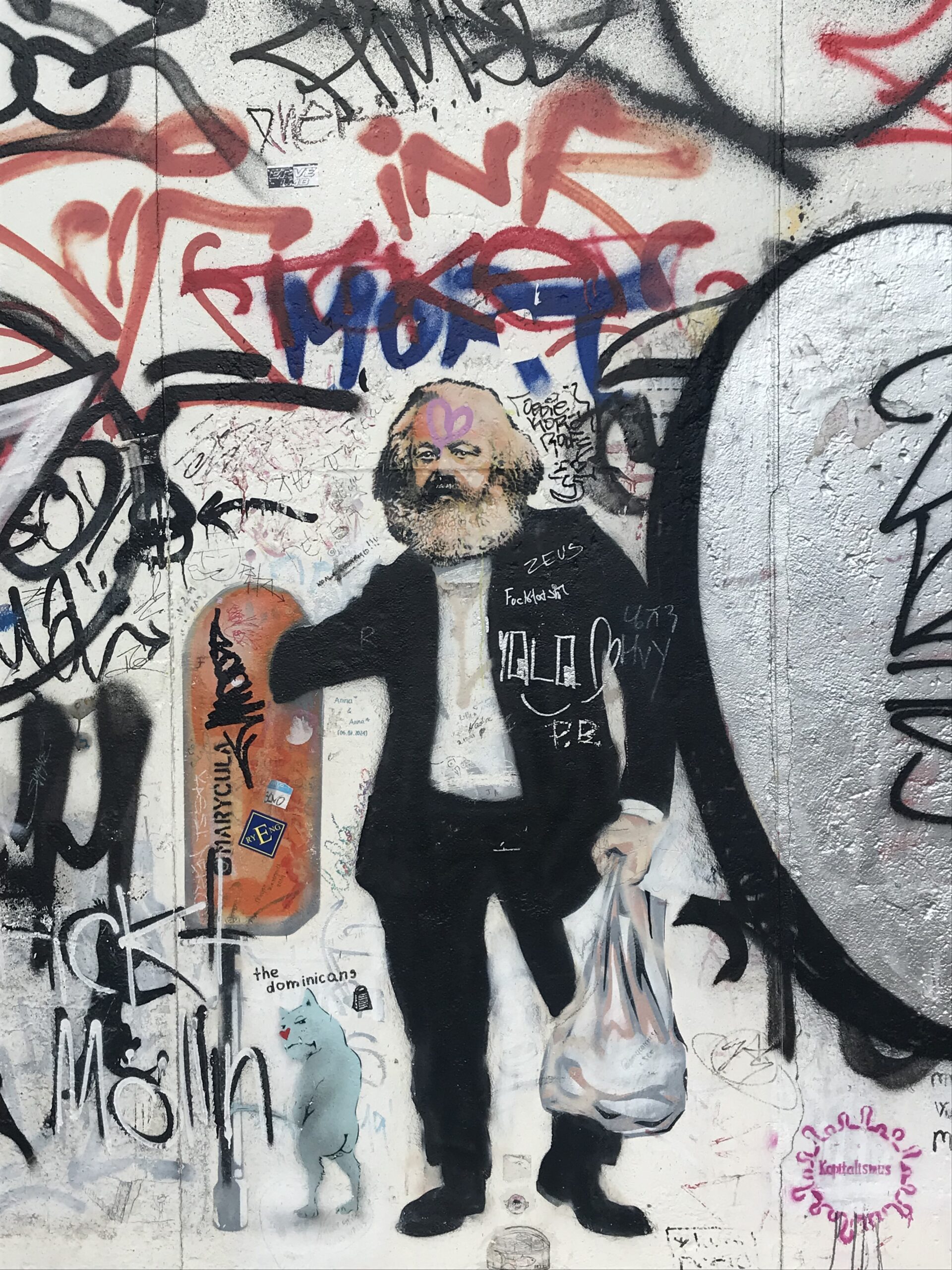
JPS is a stencil artist, meaning he uses stencils to make his art pieces, all over the world. Originally from the UK, he now lives in Germany. He does all kinds of things, but he mostly gravitates towards horror and sci-fi. “Everything I do or make is to make people happy.” Recently he has been working together with non-profit Stiftung Berliner Leben to make twenty-two paintings at eleven locations throughout Berlin. “The thing I like most is seeing people go out and look for my pieces. They take pictures and put them on social media and tag me. I love to see it, but it is also bizarre. I have a hidden gallery a six-hour drive from Berlin and people go there from Berlin to look for my pieces. That’s crazy.”
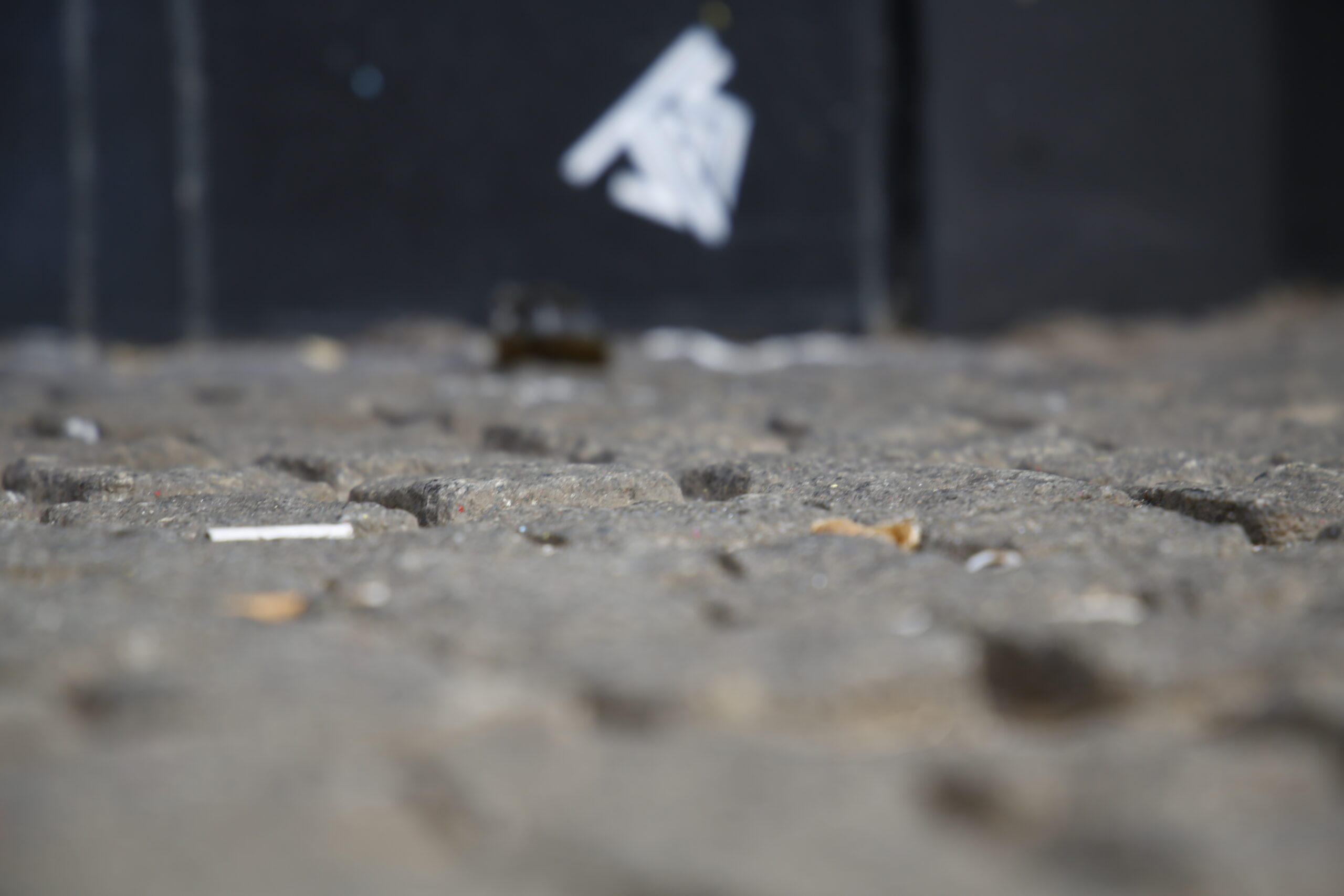
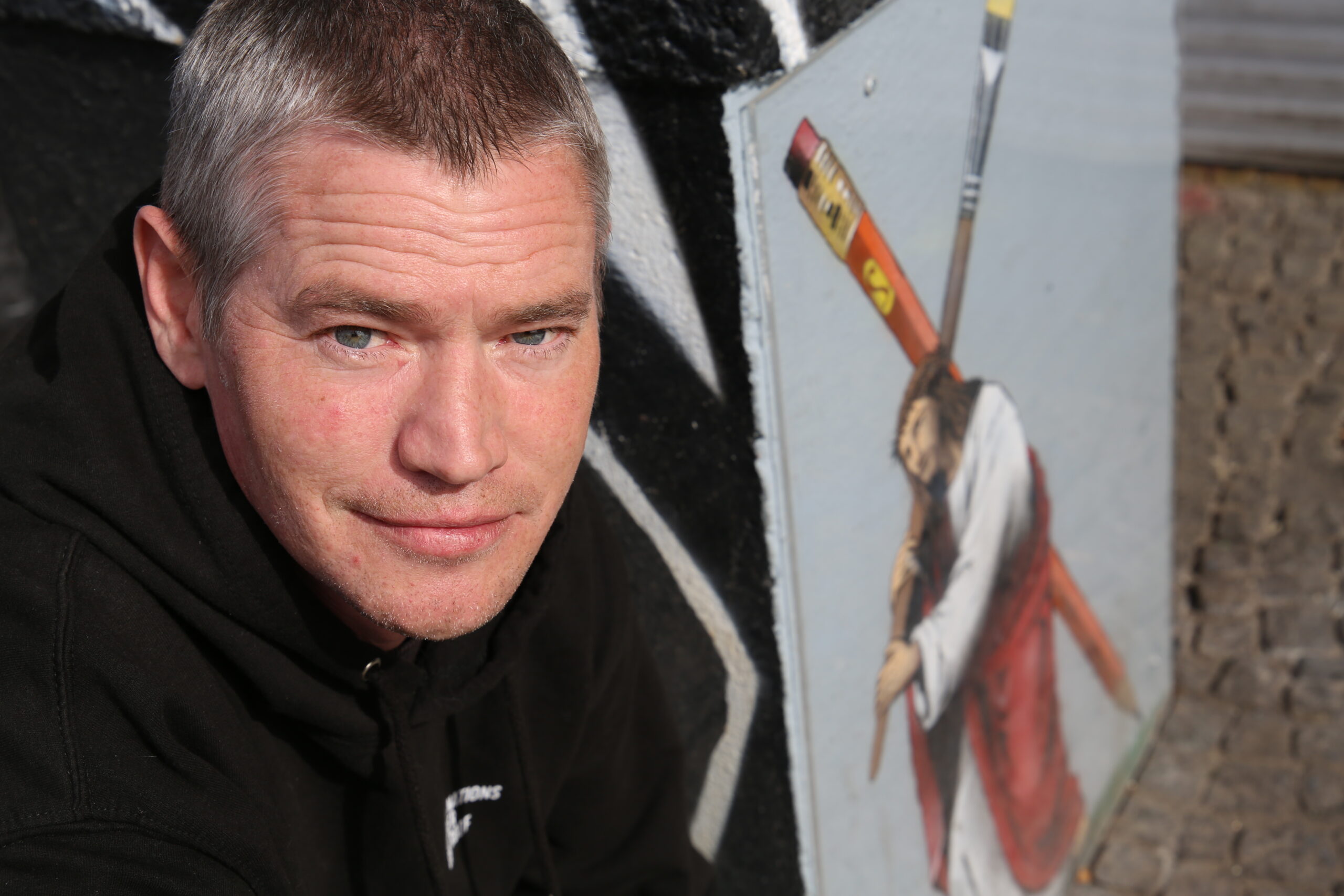
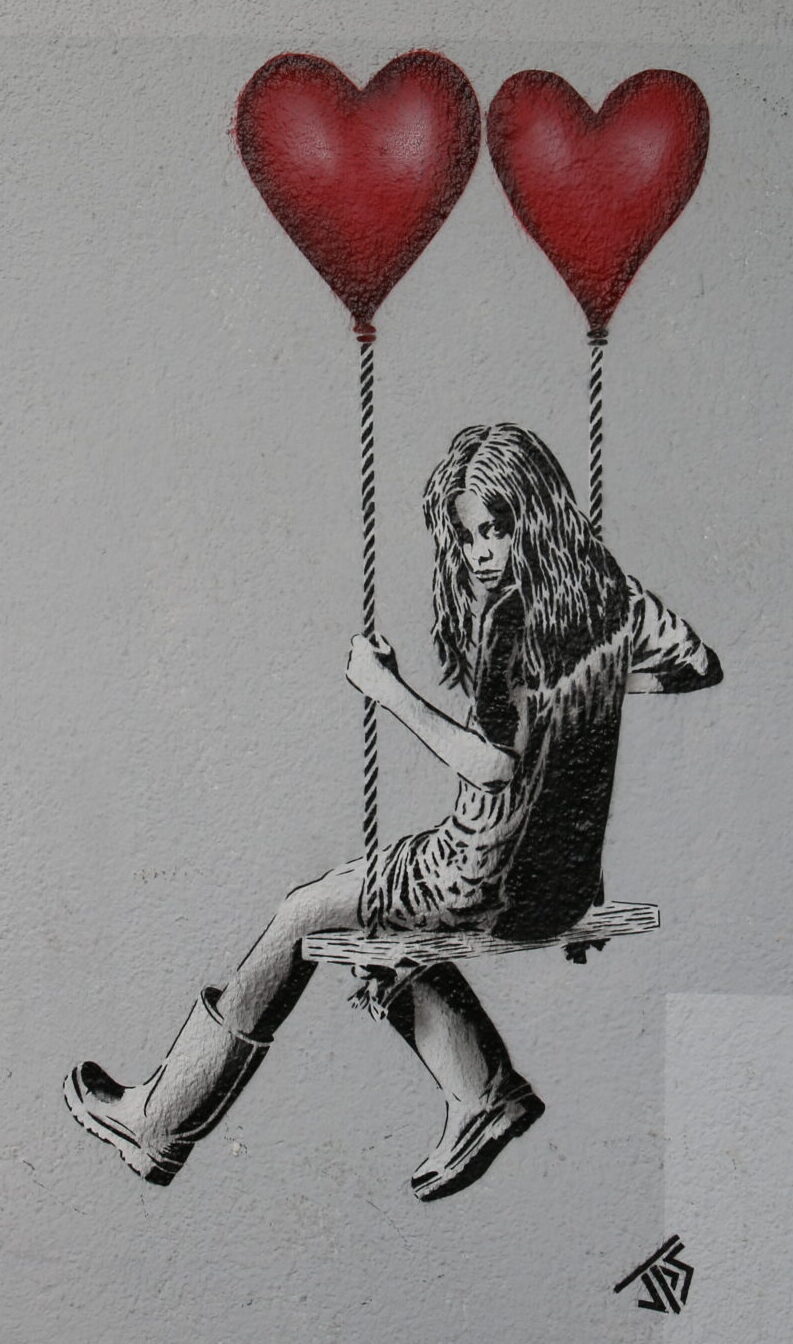
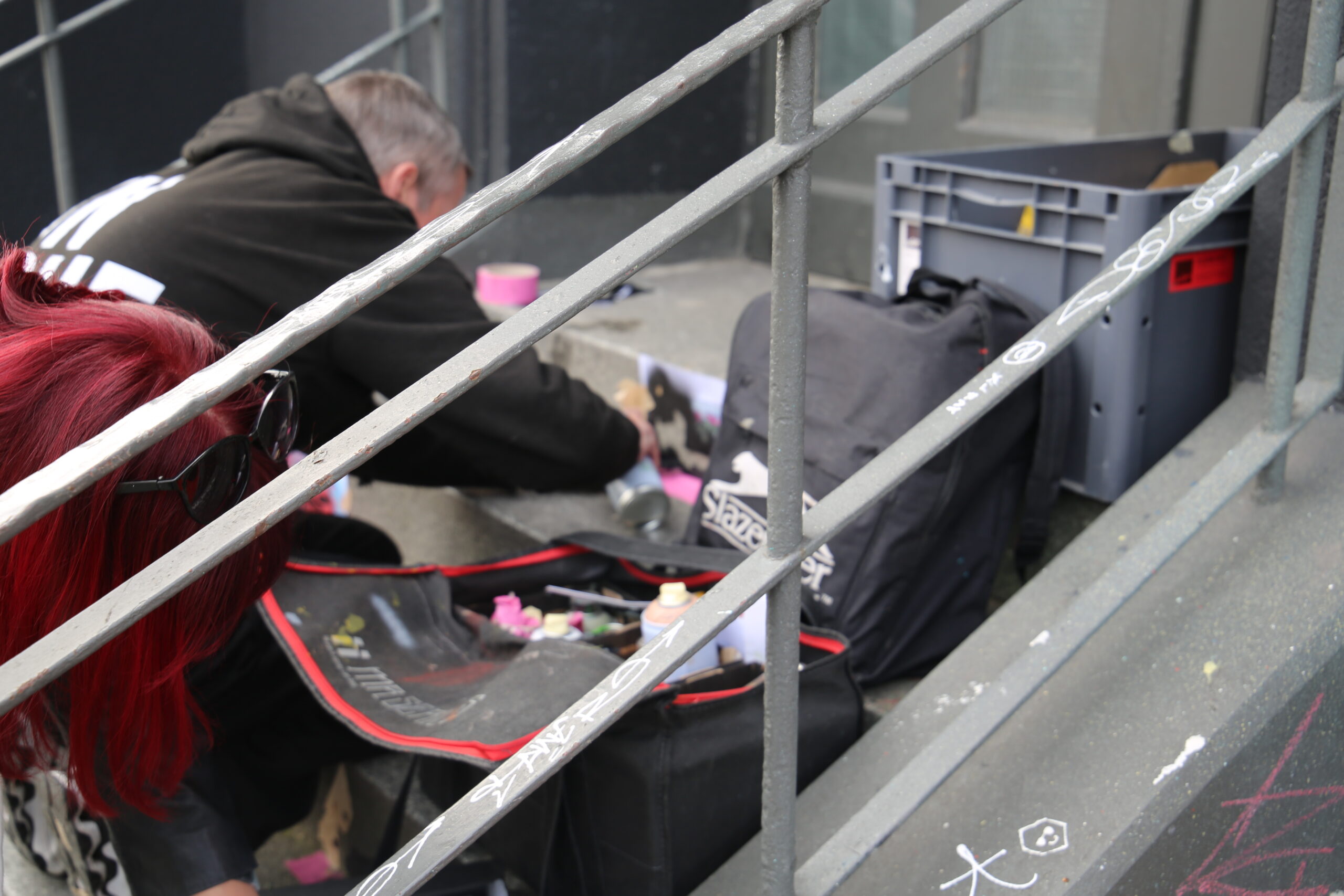
When JPS is asked what tourism means for street art, he does not have one simple answer: “It’s best described as a double-sided blade. On the one hand, it’s good to get recognition as an artist. Your art gets spread over social media and you are tagged in everything. But it is not only good, for example, but there are over several tours of my work in Norway every day. I, and many other artists, do not get a cut for this. But that is what street art is. It is public access. Now, it is possible to make money by making street art, but for me, it really is just about making people happy.”
Just like Norway, Berlin is filled with street art tours. Some of them by bus, some by bike, but there are some that are walking tours and free too. A good example of this is the street art tour led by guide Ismael. The tour is two and a half hours long, and afterwards, Ismael started talking about what street art can mean for tourism. “Street art is definitely good for tourism, although I like messages to society, provocations or vandalism better. It shows more about the people making it. But street art can change a district. It attracts tourists and therefore business, so it can change a criminal district into a blooming one.”
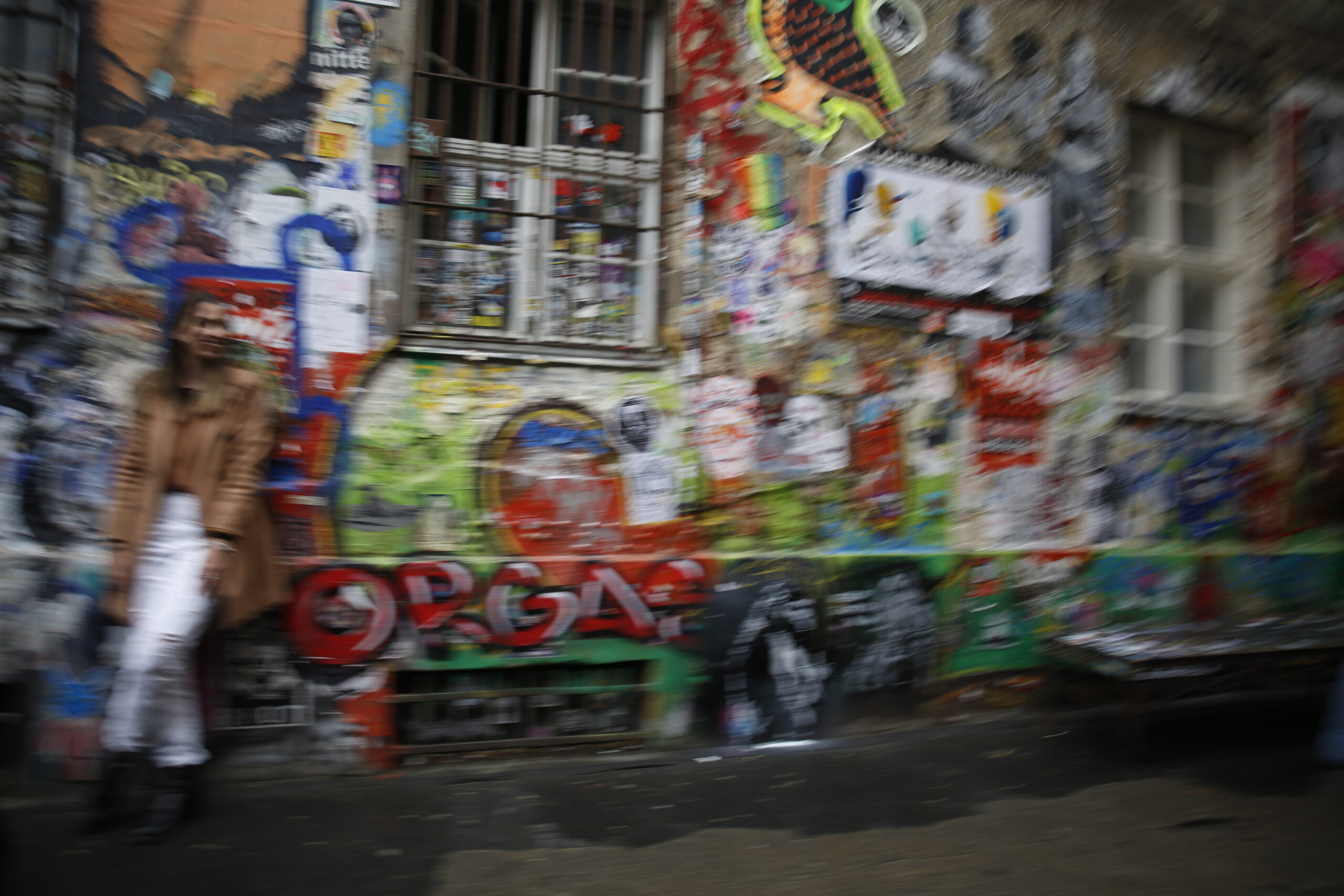
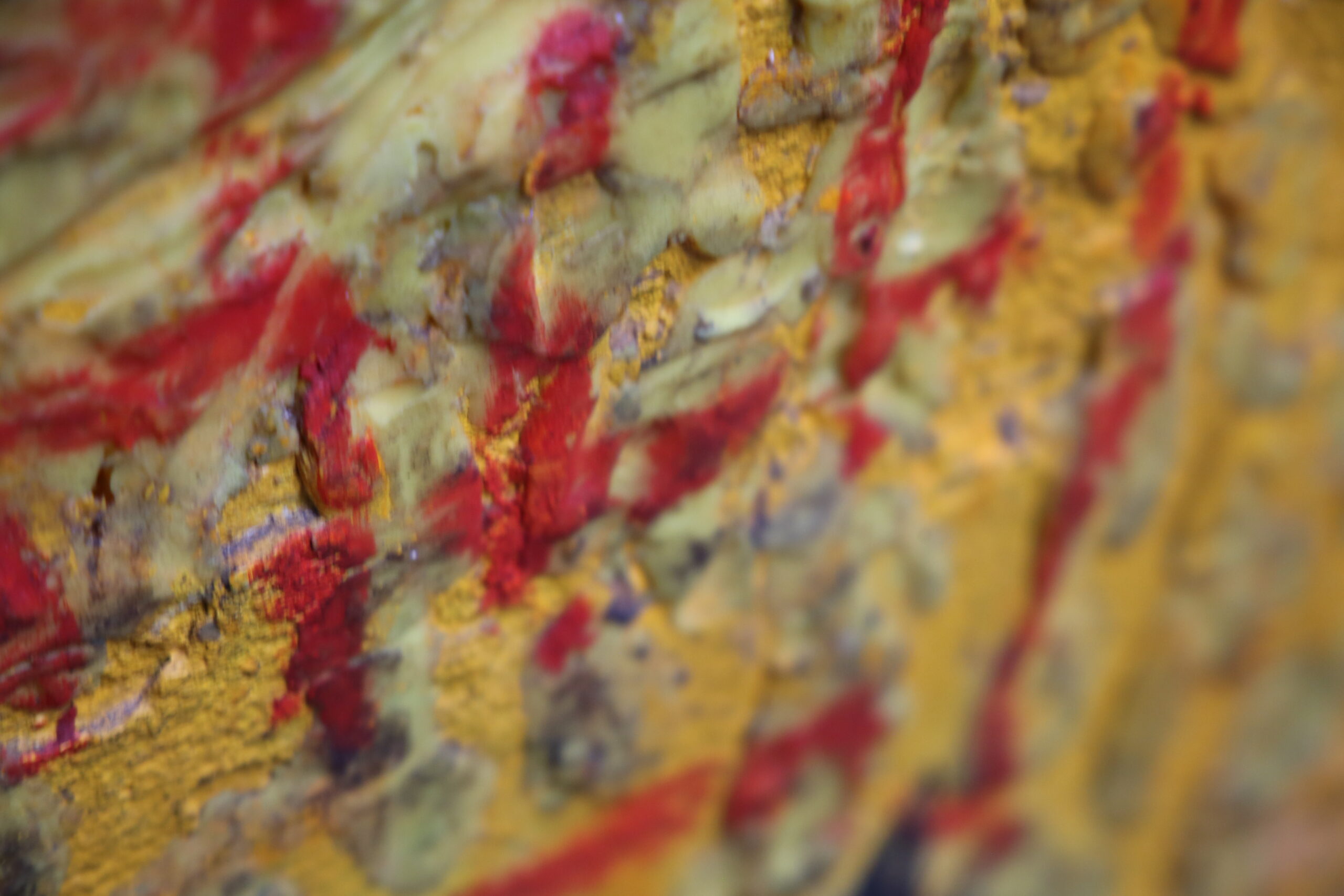
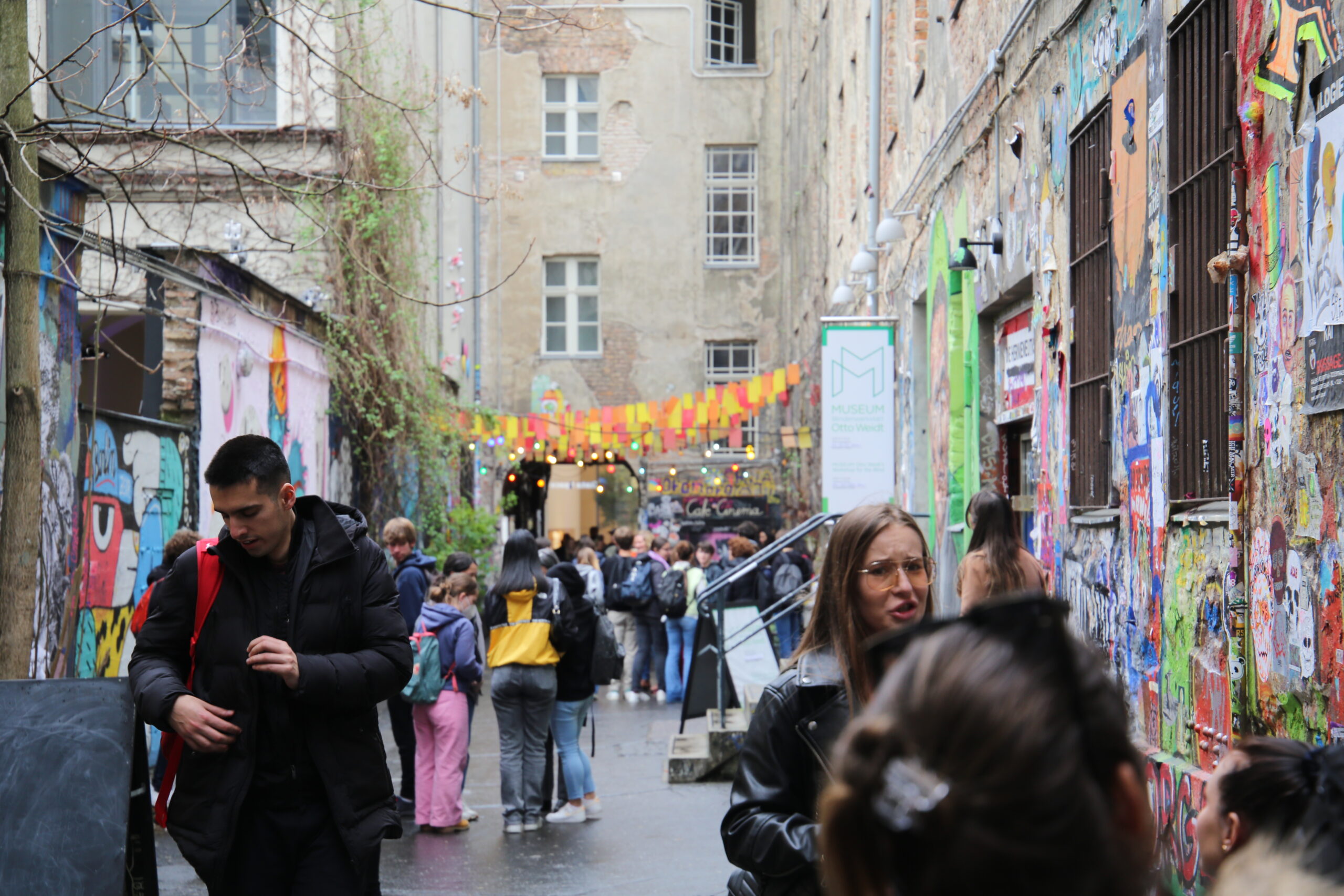
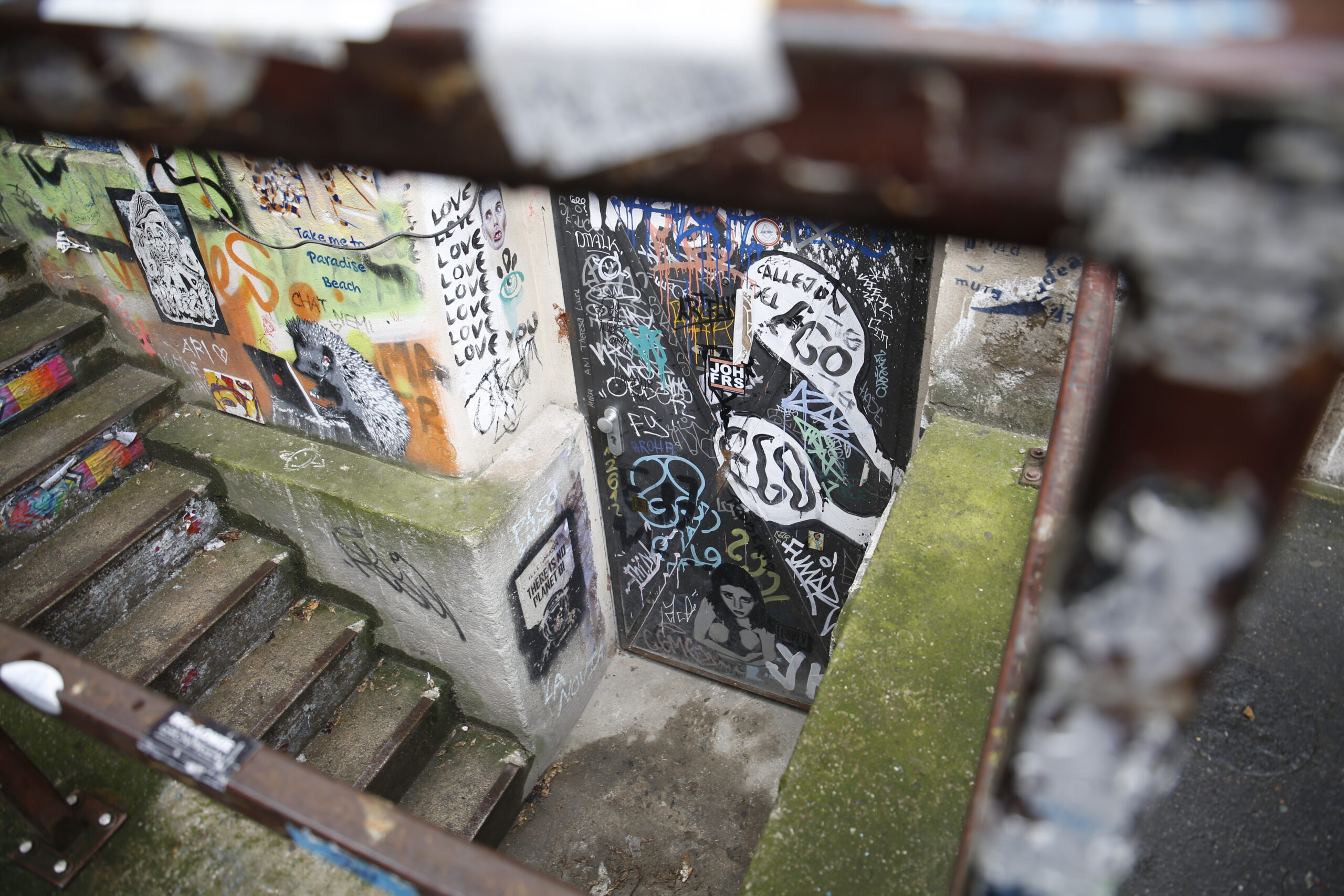
However, tourism is not the only thing changing street art. It has become a commercial industry, at least according to JPS, “The worst thing that can happen to an art form is commercializing. Suddenly it stops being an art form and people started doing it simply to make money. Now artist is not really the profession for someone who wants to make money, but companies use them to make theirs. For example, when you book an artist, they rarely get paid the same amount of money you are paying.”
Commercializing is not something uncommon when it comes to art. Even though most artists, like JPS, are not in it for the money they do need it to survive. So they start making or doing what people are willing to pay for. “Once people start making what they think they have to make, street art will die out.”
